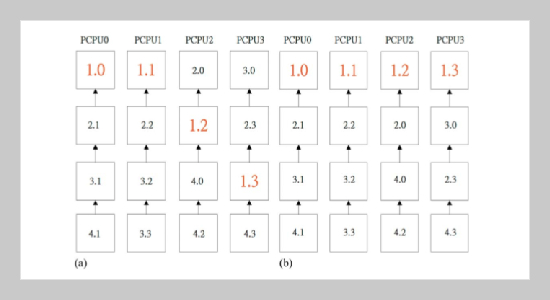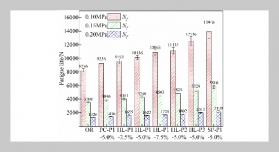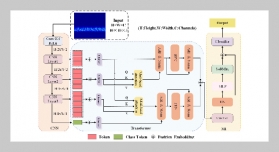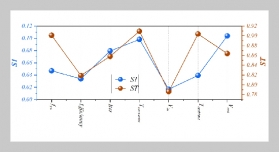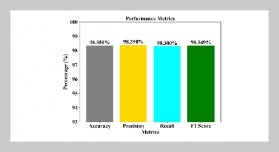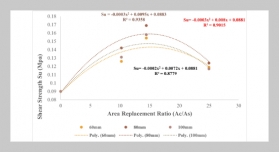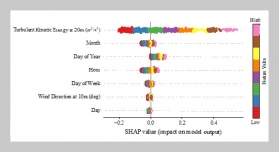Po-Jen Chuang This email address is being protected from spambots. You need JavaScript enabled to view it.1 and Chih-Yuan Chou1 1Department of Electrical and Computer Engineering, Tamkang University, Tamsui, Taiwan 25137, R.O.C.
Received:
June 12, 2016
Accepted:
April 28, 2017
Publication Date:
September 1, 2017
Download Citation:
||https://doi.org/10.6180/jase.2017.20.3.10
A CPU scheduler can support virtualization practices by distributing physical resources to form virtual machines (VMs). To facilitate concurrent applications in virtualization platforms, this paper presents an SRVC scheduler which is a Scheduler involving the R-B Tree structure, the Virtual runtime of the CFS mechanism and a Concurrent waiting queue. The SRVC scheduler can practically cut down the overall runtime by using the R-B Tree structure to shorten the virtual CPU (VCPU) lookup time and attain efficient task scheduling. It meanwhile applies the CFS mechanism to reduce the gap between concurrent and non-concurrent VMs and obtain balanced CPU time distribution and resource utilization. To promote synchronization on concurrent VCPUs and scheduling, SRVC takes in a concurrent waiting queue to handily pick up marked VCPUs for arranged execution. As simulation results demonstrate, SRVC needs constantly less runtime than existing Credit and Turbo schedulers due to its ability to reduce the runtime in both concurrent and non-concurrent applications.ABSTRACT
Keywords:
Virtualization, The Xen Hypervisor, Concurrent Virtual Machines, Scheduling, Performance Evaluation
REFERENCES


